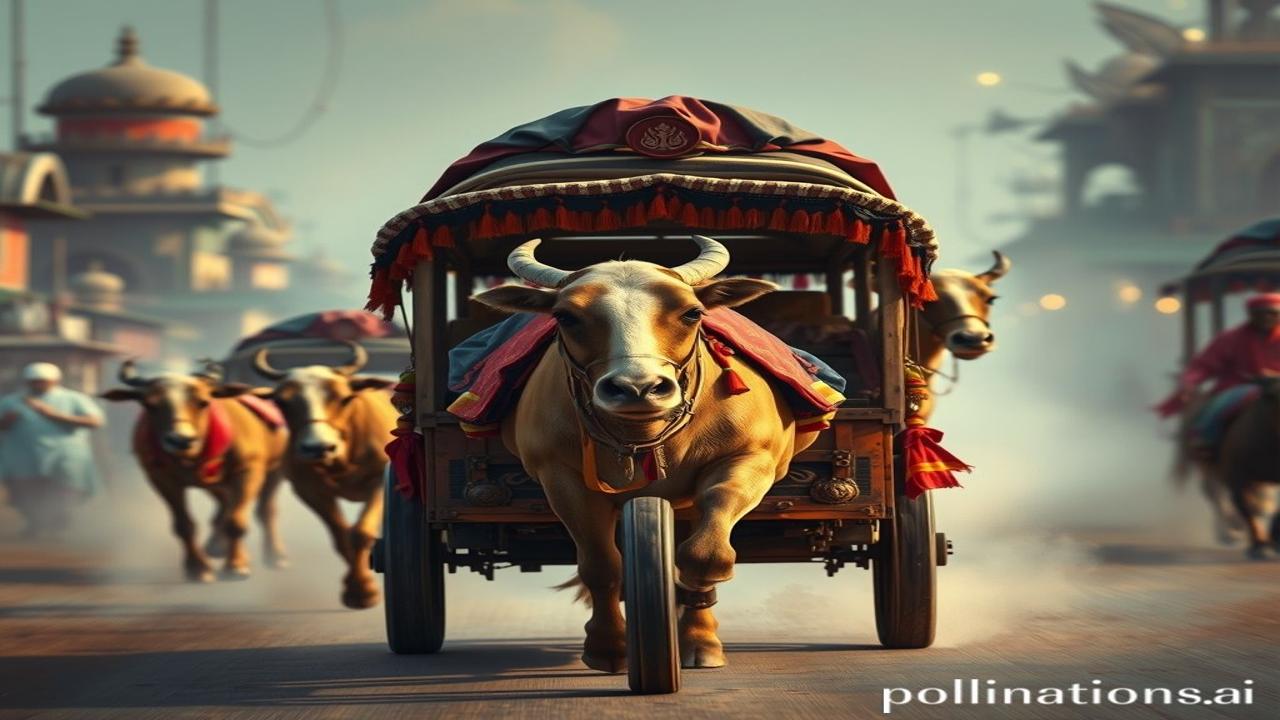Waqt Ki Dhool: Journeying Through India’s Traditional Animal Transport Systems
Kabhi socha hai, jab gadiyaan nahi thi, sadkein itni pakki nahi thi, toh logon aur samaan ko ek jagah se doosri jagah kaise le jaya jata tha? Imagine, you are walking down a dusty lane in ancient India. The air is thick with the smell of earth, spices, and…animal sweat. The rhythmic clip-clop of hooves on stone and the creaking of wooden wheels are the soundtrack to your journey. This wasn’t just transport; it was the lifeblood of our civilization.
Itihaasik Paristhiti: The Animals That Shaped India
Traditional animal transport systems in India were more than just a mode of getting around. They were integral to our economy, society, and even our spirituality. From the Indus Valley Civilization (3300-1700 BCE), evidence shows the use of bullock carts and possibly even elephants for transport. Why was it so important? Because it connected remote villages, facilitated trade, and allowed empires to expand and govern vast territories.
Think about it: for centuries, roads were rudimentary, and the rivers were the only navigable pathways. Animals were the powerhouse! Bullocks (oxen) pulled carts laden with goods, horses carried warriors and messengers, elephants transported royalty and heavy equipment, and camels braved the harsh deserts. Each animal played a unique and vital role.
Zameeni Sach: Log Aur Jeevan – A Day in the Life
Picture this: “Subah ka waqt tha. Kisano ne apne bailon ko taiyar kiya. Unke gale mein ghantiyan bandhi gayi. Maal se ladi hui gaadiyan dheere-dheere bazaar ki taraf badh rahi thi.” The farmers, their faces weathered by the sun, would carefully harness their bullocks. These were not just beasts of burden; they were partners, almost family. The women would sing folk songs as they travelled, their voices mingling with the sounds of the cart wheels.
Rajput warriors, astride their powerful Marwari horses, would gallop across the plains, their swords glinting in the sun. Elephants, adorned with vibrant fabrics and bells, would carry kings and queens in elaborate howdahs (seats), showcasing their power and wealth. Sant Kabir, the mystic poet, travelled across the land on foot, preaching his message of love and equality, his humble journey a stark contrast to the royal processions.
Each journey, whether grand or simple, was an event in itself. People shared stories, sang songs, and bartered goods along the way. The animal transport systems were a mobile social network, connecting communities and weaving the fabric of Indian society.
Dharohar Aur Pehchan: Echoes in Modern India
Even today, the echoes of traditional animal transport resonate in India. While modern vehicles dominate our roads, we still see bullock carts in rural areas, especially during festivals and religious processions. Horses are still used in certain ceremonies and tourism activities. The “Ghodawala” offering rides at tourist spots is a living link to our past.
More importantly, the respect and reverence for animals, deeply embedded in our culture, stem from this era. “Bharatiyata” emphasizes harmony with nature, and the reliance on animals for transport instilled a sense of responsibility and gratitude towards them. From the sacred cow to the elephant-headed Lord Ganesha, animals hold a special place in our mythology and daily life. Even in modern architecture and art, we find motifs inspired by these animals, reminding us of their enduring legacy.
Mazedar Tathya Ya Bhram-Bhanjak: The Truth Behind the Glamour
Log samajhte hain ki sirf raja-maharaja hi hathi par sawar hote the. Lekin asli sach yeh hai ki elephants ko construction sites par bhi use kiya jata tha, heavy stones aur timber ko carry karne ke liye! They were the original heavy-duty machines! And did you know that certain breeds of Indian horses, like the Marwari and Kathiawari, were bred specifically for their endurance and bravery in battle? They were considered invaluable assets by the Rajput warriors.
Drishya Aur Bhavnayen: A Sensory Overload
Imagine the sounds: The rhythmic jingling of bells on bullock carts, the trumpeting of elephants, the neighing of horses, the chatter of people trading goods. The air would be thick with the smell of dust, animal sweat, spices from faraway lands, and the sweet scent of incense from temples. The feel of roughspun cotton clothes against your skin, the warmth of the sun on your face, the taste of fresh jalebi bought from a roadside vendor – these were the sensory experiences that accompanied every journey. The temple walls, cool and smooth to the touch, offered respite from the heat and a space for reflection.
Antim Vichar Ya Uddharan: A Reflective Goodbye
These traditional animal transport systems were more than just a way to move things around. They were a lifeline, a cultural conduit, and a testament to the ingenuity and resilience of our ancestors. They connected us to the land, to each other, and to our own inner strength.
“Yatra hi jivan hai” – Journey is life. And the journeys we took with our animal partners shaped who we are today.
